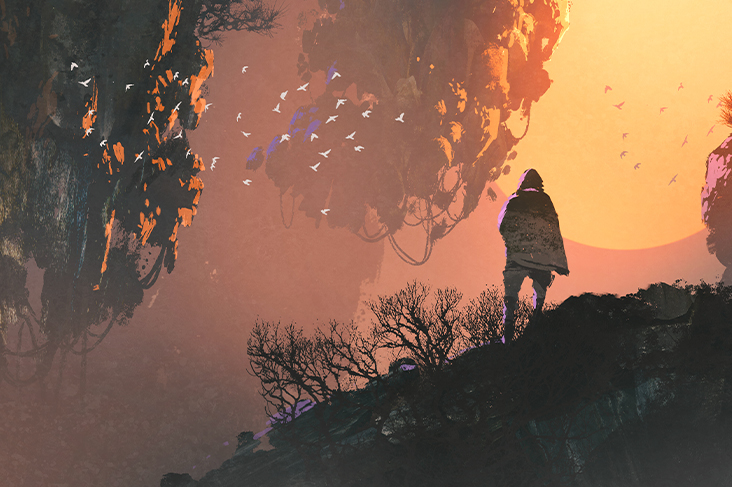If you haven’t read part 1, containing the first six steps, you should check it out first. In this post, we’re going to continue decoding the Hero’s Journey step by step and how it manifests in Tolkien’s The Hobbit.
——————————————————————————————————————–
OK, so where were we?
Oh right! We’re about to enter the zenith of the Hero’s Journey; approaching the inmost cave. Which, in the case of Bilbo, it’s quite literally what he’s about to do.

Before we start talking about Smaug and the massive psychological transformation that’s bound to happen, I just want to map out exactly where we stand.
We’re in the second Act of the Journey, called Initiation. We’re deep into the “Special World”, a world that’s completely different from the mundane life of the Hero. And, there’s simply no way to turn back at this point.
Bilbo fought giants and giant spiders, goblins and curious creatures. He now possesses the strength and confidence to… have a chance of making it. All of these newly found traits are symbolically condensed in the One Ring, and his ability to become invisible.
Having said that, let’s begin the…
Initiation
The word “initiation” serves a very specific purpose. From my perspective, it has three meanings:
- Willfully beginning something
- A rite of passage to a society or community
- Symbolic death and reborn into a new self or role
In the case of The Hobbit, I think all of them apply. Bilbo, after a lot of hesitation, initiates his journey. He has to fulfill his role as the burglar and be accepted in the Compay of Thorin. And, if he’s able to transcend the incoming struggles, eventually he’ll shed his old self and undergo a transformation.
I’d also add that the friendships he developed with the dwarves, the elves, and the Men of Dale represent engagement with the world in general, beyond his porch back in the Shire.
1. Approach Inmost Cave
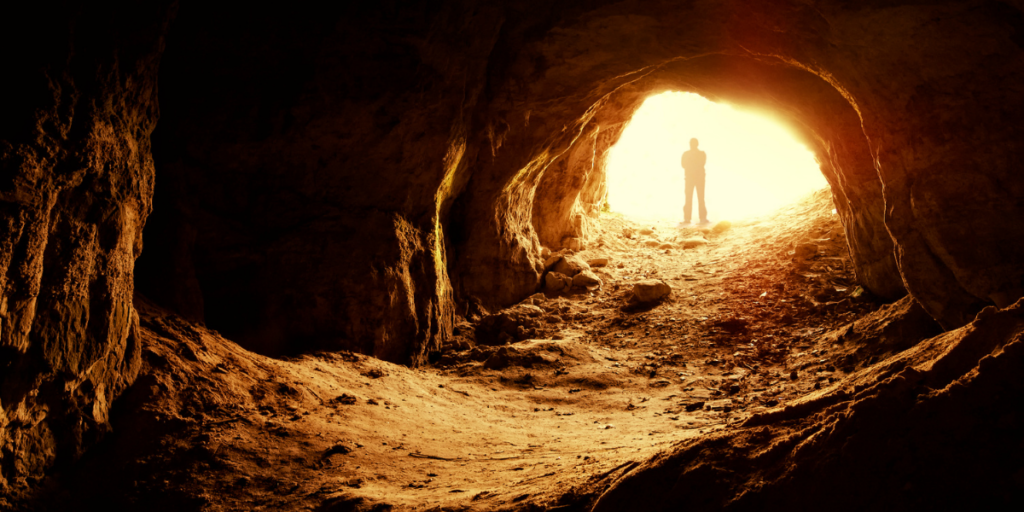
Notice that we haven’t entered just yet! We’re approaching the cave, the cavern. The anticipation and a sense of impending doom looming over Bilbo in the shape of the Lonely Mountain.
The shadow it casts is the psychological pain he’ll have to go through.
Now it’s real! Everything before this moment was a test preparing him for the true descent to the nest of Smaug.
The coiling beast awaits, it mountains over his mind.
Prepare for Change
There’s always a big question of whether the Hero understands what’s happening to him during the Journey.
In this case, Bilbo seems to understand that the task at hand will either be his exaltation or his undoing.
Hopefully, he has integrated all of the lessons thus far.
2. Ordeal
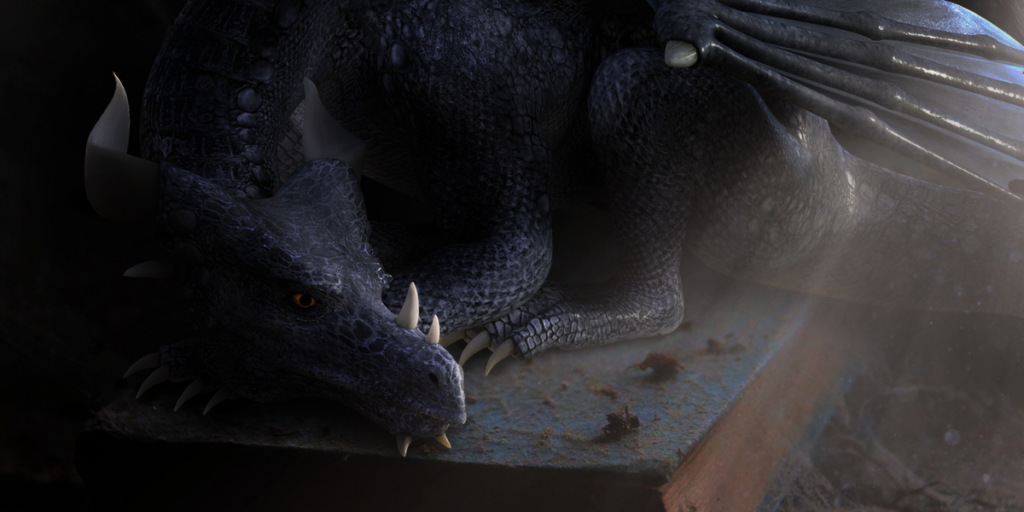
This is IT!
Bilbo is facing the dragon. Notice the contrast in the story. Only a few chapters ago, the hobbit was worried about Dwarves blunting his knives but now he’s facing a huge primordial beast.
And, he’s completely alone.
If we get technical, the very thought patterns in the mind of our protagonist have changed. He’s not the same, he’s been already transformed and now it’s time for the payoff.
He must use the skills he picked up along the way – some of the cool, magical trinkets too – and fight the “monster”.
Confronting Change
It’s not enough to go through a metamorphosis mentally, you need to realize it in your life. The Dragon is the obstacle that tests the integrity of our newly founded character.
This is also the moment many mythological stories talk about some sort of Supernatural Aid; Deus Machina appears to help us push beyond our comfort and achieve the painful transformation.
3. Reward
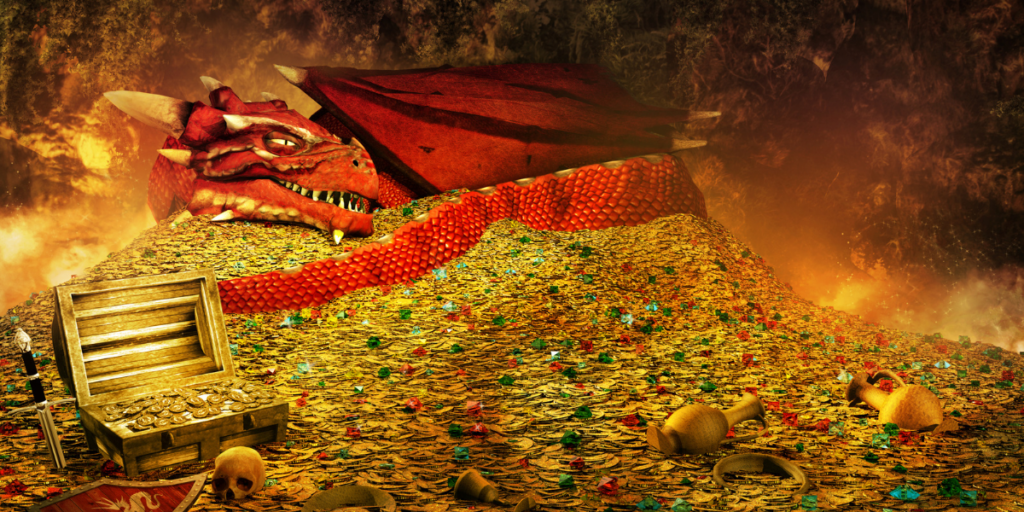
Yes, the Hero’s Journey is difficult. But there’s a reward at the end of the road; material and psychological.
But if you think it’s a cakewalk from here on out… you’re mistaken!
Indeed, Bilbo using his cunning manages to trick the Dragon and claim the Arkenstone, as well as conquer the Lonely Mountain.
But it’s a double-edged sword. Lake Town is demolished and Thorin reveals a darker side, that of greed and grandiose.
Consequence of the Attempt to Change
Be careful what you wish for. There are unforeseen consequences to every transformation.
People around you will start treating you differently, and some of them might actively discourage you from committing to your new self.
But even you might feel uncomfortable embodying the changes wholeheartedly, noticing that new problems will take the place of old ones.
Act Three: Return
You’d think that the way back would be wonderful, full of celebrations and feasts. Yet, the journey doesn’t end. There’s always more to do to bring balance, both externally and internally.
4. The Road Back
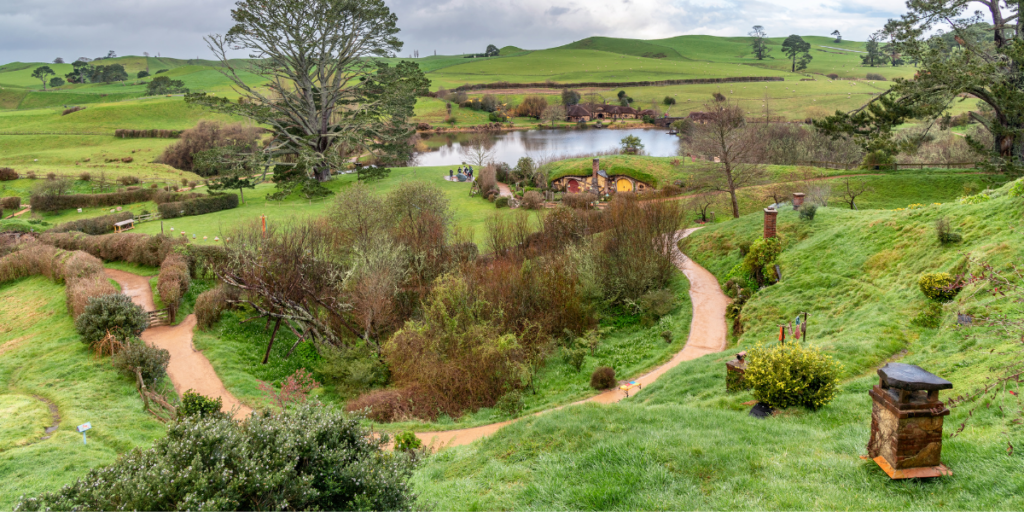
Well, if we’re being objective here, the task of Bilbo is finished. The quest is done. He fulfilled his role as the burglar.
This means he can go back to his hole in the ground and enjoy his riches, right?
No!
War is brewing in the aftermath of Smaug’s desolation. Many people died because the beast was awakened, Thorin is losing his mind over the Heart of the Mountain, and now our protagonist has to make a choice:
Escape to Laketown or remain loyal to the dwarves. Of course, Bilbo has matured. He does both, in a way, by giving away the Arkenstone to Gandalf and staying to fight alongside his friends.
The ego claws the Hero one last time, but maturity prevails.
Rededication to Change
Balance and self-sacrifice. The ingredients you need to not get lost in the extremes. The intoxicating effect of change can blur our perception of reality, as well as ourselves.
It’s imperative to assimilate the lessons seamlessly. Life is full of mirrors showing you who you truly are. If you aren’t comfortable with yourself, you’ll quickly return to your old ways.
5. Resurrection
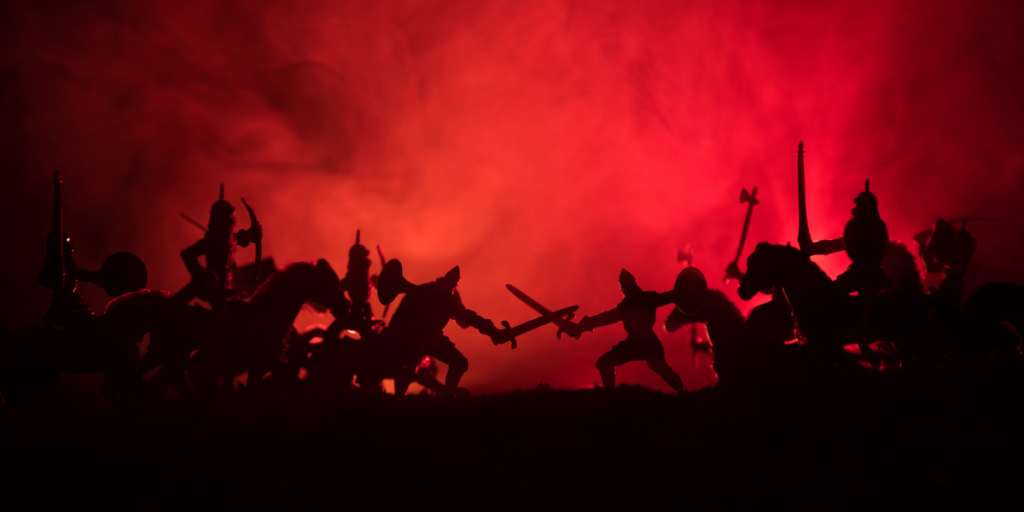
The Battle of the Five Armies is brewing, the orcs from the Goblin Town return, the dwarven and elven armies are gathering, while the Men of the Lake are recouping.
Bilbo stands in the middle of everything. A blow in the head knocks him out. When he regains consciousness, he finds out that Thorin has died.
The last goodbye gives him the affirmation he needed. To see himself as others are seeing him. To receive the praise and recognition, a pat on the back, the admiration and respect of his friends.
Also, an admission of all the mistakes everyone made during the Hero’s Journey.
The story concludes, the death and resurrection of “the” self bring forth the new hobbit, and Bilbo can finally say that this long adventure is over.
Last Attempt to Change
Even if you do everything right up until this point, you still need to go through this. A symbolic or real sacrifice takes place, an event that forces you to either change or fall back to your old ways.
The subtitle reads “last” attempt, not because of the chronological order but because it’s your last chance to resurrect as a new man or woman.
6. Return with the Elixir
Bilbo can finally go back to the Shire, back to the Ordinary World. But, interestingly, he’ll walk the same roads and climb the same mountains, only now he’s a changed hobbit.
Everything appears familiar, the outside world doesn’t seem so scary. There’s a sense of understanding between him and Gandalf, his mentor. The elves embrace him as an equal, not as the inexperienced halfling he once was.
The Elixir in this case is the experiences, alongside a few pots of gold!
Final Mastery of the Problem
In reality, adventures never end and problems never stop popping up, even when we do solve them.
It’s how we deal with these problems, our mindset and the skills we apply to get rid of them fast and efficiently.
Mastery isn’t about being without worry or trouble. It’s about having the confidence stemming from knowing you can handle everything that comes your way.
You master the process, not the outcome!
The Hidden 13th Step of the Hero’s Journey
You won’t find a lot of people talking about the 13th step. That’s because we usually like to tell stories that have a good ending, shying away from the real, ugly nature of the world.
See, there’s an interesting quote from the Bible that perfectly encapsulates it:
“Prophets are never welcomed in their hometown”
When Bilbo returns home, he finds that his estate is being auctioned by the Sackville-Bagginses. Not only that, but instead of being celebrated as the hero he is, he received weird looks and gossip from the residents of the Shire.
That’s a pattern Girard has described as the “scapegoat”. Society needs a symbolic crucifixion to maintain societal cohesiveness. A common enemy that will rile everyone up, thus strengthening the tribal bonds. When the Hero slays the monster, there’s no external boogeyman responsible for our problems.
So, we begin demonizing our savior…
We also encounter the concept in classical Greek mythology. Greeks understood that Heros are forces of nature, their worth is judged by deeds, not by their moral standing. Hercules was a killer, able to slash his way through whole armies. When he was of no use, they ridiculed him.
The hero is killed by the people he saved!
Jungian Analysis of The Hobbit
Patrick Grant created an interesting diagram pairing each character of the Lord of the Rings with Jungian archetypes. It’s no mistake that Tolkien doesn’t deal with mortal characters, but with atemporal, archetypal entities made of clusters of traits, present in all of us.
While The Hobbit doesn’t flesh out this connection as thoroughly as LOTR, it still contains a lot of similar themes.
- Bilbo is the Fool on a journey to individuation.
- Gandalf is the Wise Man guiding the Fool.
- The giant spiders represent the Devouring Mother.
- Smaug is the Jungian shadow, the Ouroboros chaining the Hero to his old self.
There are more references you can find in this short read.
There and Back Again…
As I’ve mentioned, the Hero’s Journey never really ends. It’s a perpetual cycle, containing multiple microcosmic reiterations of the 12 Steps. But you’ll forever walk the path; small deaths lead to more life.
The transformation of Bilbo is a symbolic representation of the transformation of our soul. We walk this earth to test and refine our character, chopping away what doesn’t serve us while integrating the seemingly disconnected parts of us.
The alchemical process of individuation is a boiling flask where the crude version of ourselves slowly evaporates, the fumes distilling into a new container, and repeating the process ad infinitum.
I welcome everyone to re-read The Hobbit with this post in mind.
“Go back?” he thought. “No good at all! Go sideways? Impossible! Go forward? Only thing to do! On we go!” So up he got, and trotted along with his little sword held in front of him and one hand feeling the wall, and his heart all of a patter and a pitter”
